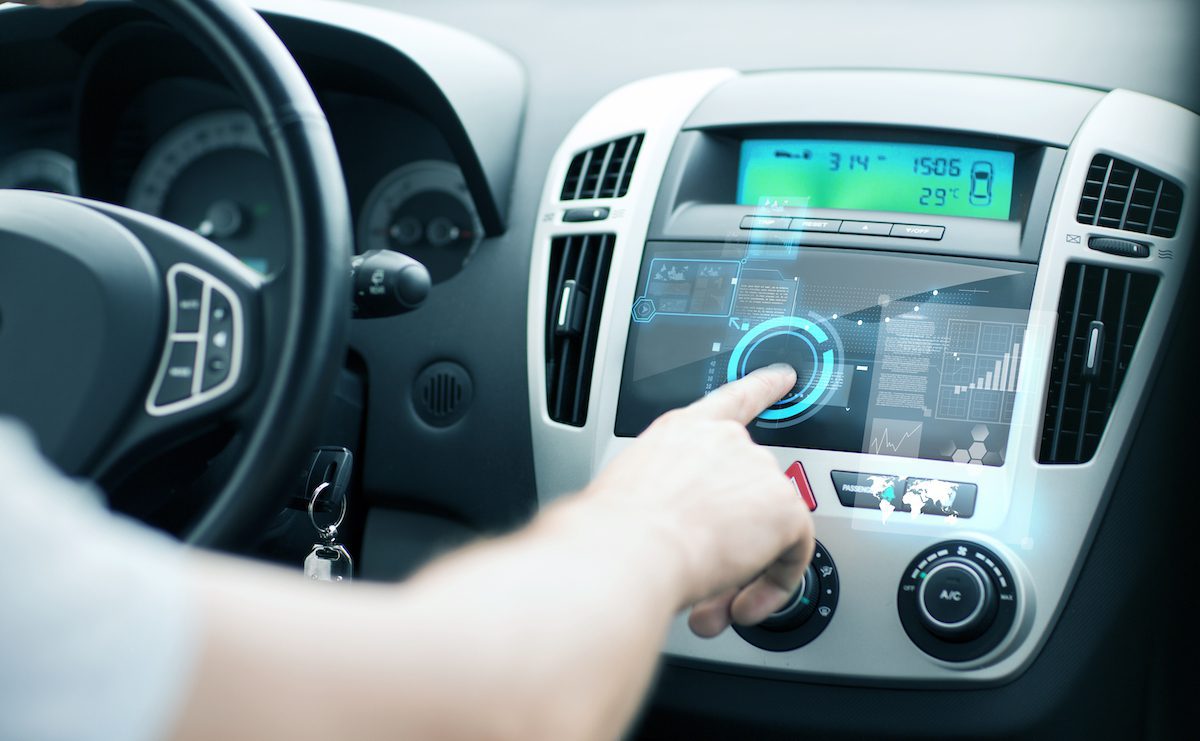Automakers Monetize Car-Level Data as Connected Economy Revs Up

For automakers, making and selling the car is a start — selling data is what comes next.
To that end, automaker Stellantis NV — which makes Jeeps and Fiat cars, among other autos — is establishing a new, software-focused unit to harness car-level information and provide some additional revenue streams and thus some top-line torque.
The unit, to be named Mobilisights, will be “dedicated to growing the company’s Data-as-a-Service (DaaS) business and developing and licensing innovative B2B products, applications and services,” Stellantis said in a press release. The data and products/applications tied to that data will be made available to a host of entities, including private enterprises, public-sector utilities, education and research institutions.
Personalized Insurance — and Payments
Specific use cases called out by the company include personalized usage-based insurance to road hazard detection and traffic management. In terms of scale, Stellantis has estimated that its roster of connected vehicles will grow from 12 million at present to 34 million by 2030. The general push to monetize these (and other) software-related services should bring as much as 20 million euros (about $21 million) in ancillary revenues to the company by 2030, Stellantis has said. Net revenues in 2021 were 152 billion euros (about $161 billion).
Stellantis is not alone here, as fellow automakers such as General Motors are seeking to diversify beyond the ultimate hardware (that’s PYMNTS’ term) and bring consumers into even longer-term relationships and recurring revenue streams that are tethered to subscriptions. Beyond its OnStar subscriptions, which use data to create flexible insurance pricing (and a range of payment options), the firm is using its sensors and data-level flows to also boost sales.
Also at the intersection of finance and horsepower, so to speak, J.P. Morgan reached a deal in 2021 with German carmaker Volkswagen to buy almost 7% of its financial services unit ahead of in-car payments offerings.
The granular, sensor-level, real-time data flows are the building blocks of personalized service that turn cars into mobile wallets — at least at some point down the road, and the pun is intended. The Stellantis announcement is just one, late-breaking example of how ecosystems take shape, bringing all manner of stakeholders together in a seamless continuum of services and activities — transactional and non-transactional in nature.
In late summer of last year, Kevin Mull, director of mobility solutions at Bosch, said in an interview with Karen Webster that connected ecosystems will thrive if they are done with a consumer-centric approach. Early use cases revolve around automatic maintenance scheduling, alerting drivers when there are traffic snarls ahead, and even automatic payments (through mobile means) when parking in lots or on the street.
“These innovations will completely change the customer experience, and the payments domain, in general, is being revolutionized by vehicle connectivity,” he said.
The readiness is there as overall “use” of digital channels to get things done has been on the rise. As noted in the PYMNTS report “How the World Does Digital: Different Paths to Digital Transformation,” 65% percent of all consumers in the 11 countries we studied engaged in one or more of the 37 digital activities we tracked at least once a day. Consumer engagement with digital tools for travel and commuting (perfect for an in-car environment, parking and paying) jumped by 3.2% in the third quarter. And digital wallet use was up 4%, indicating that even once we get behind the wheel, we’ll expect to be as connected as ever.